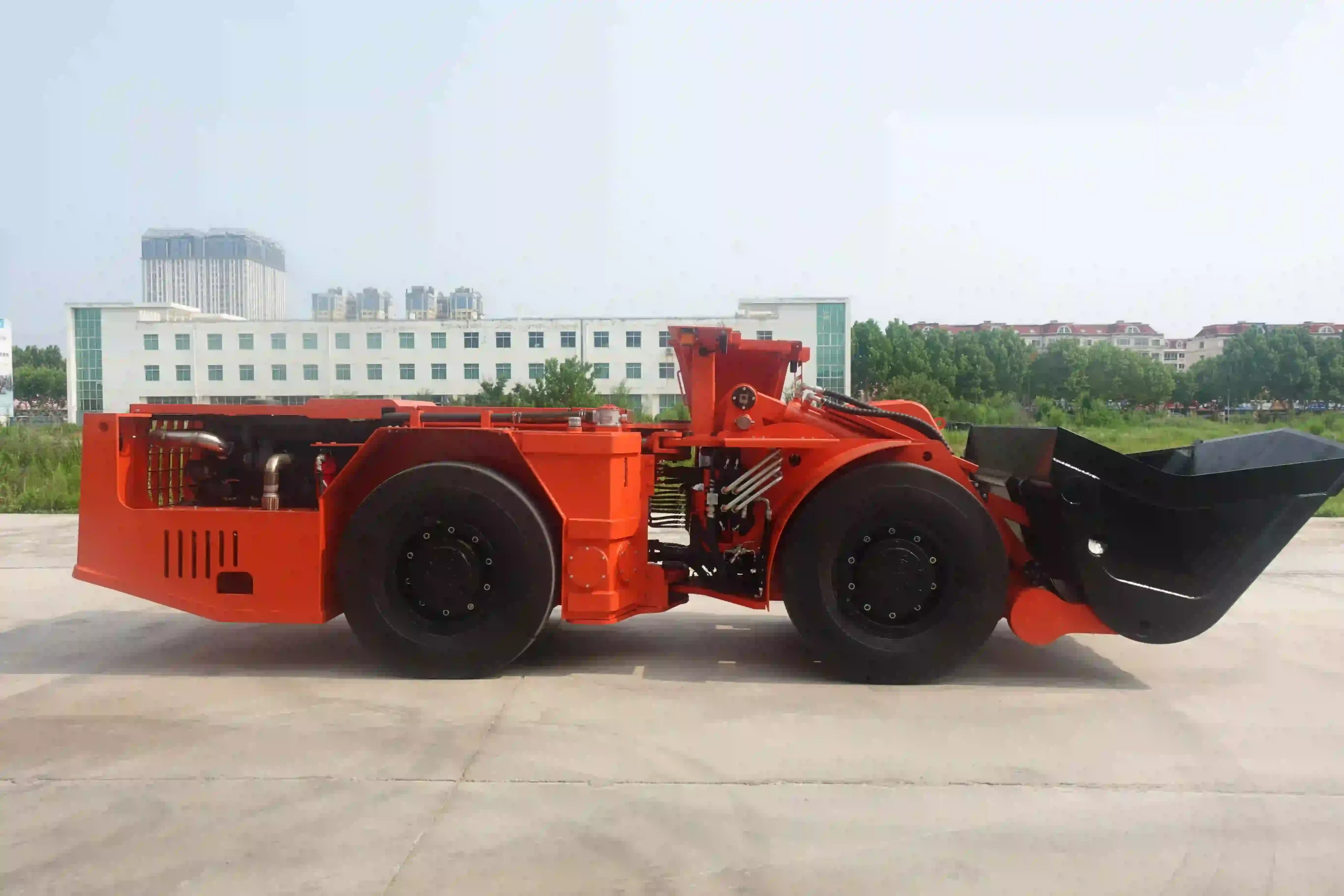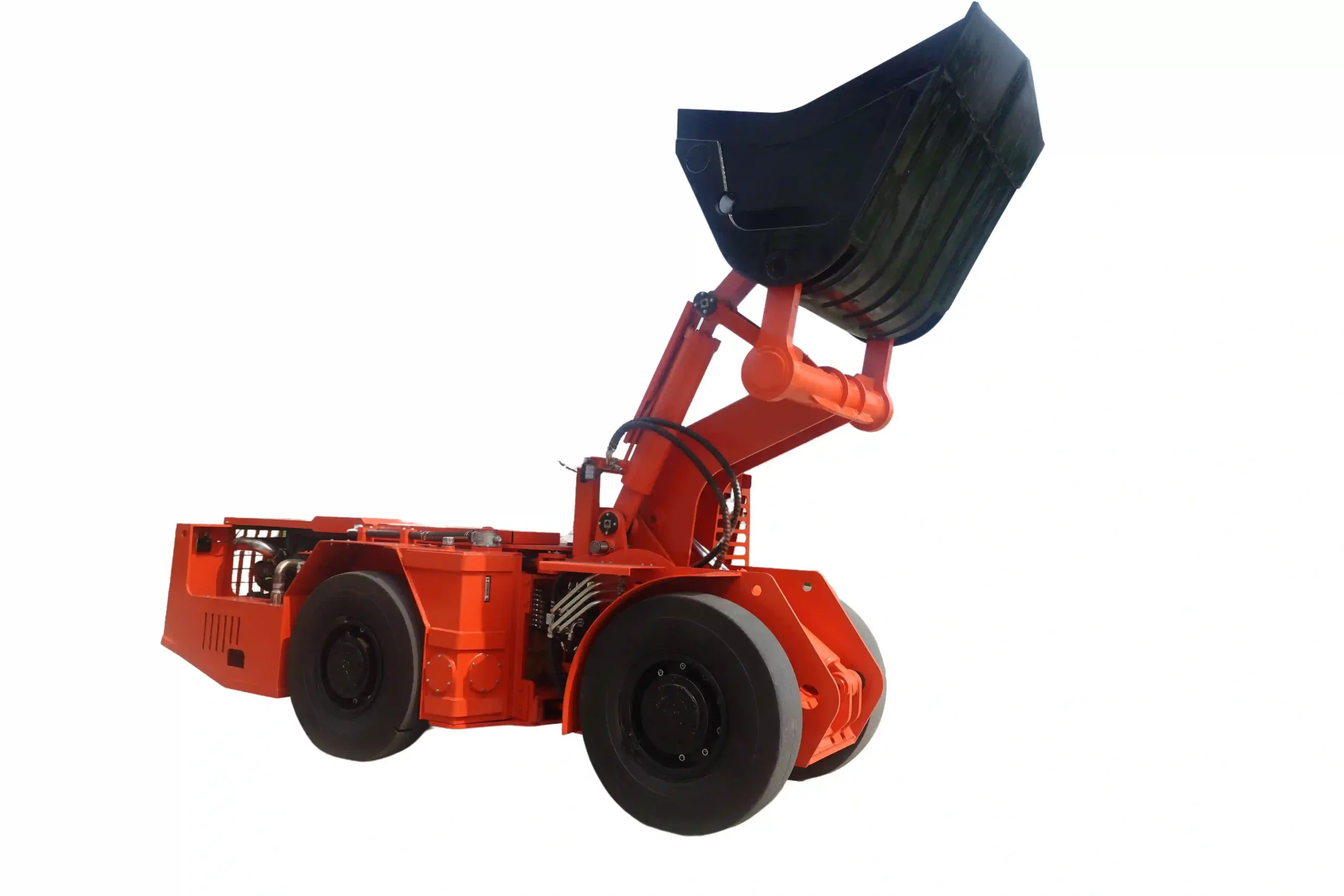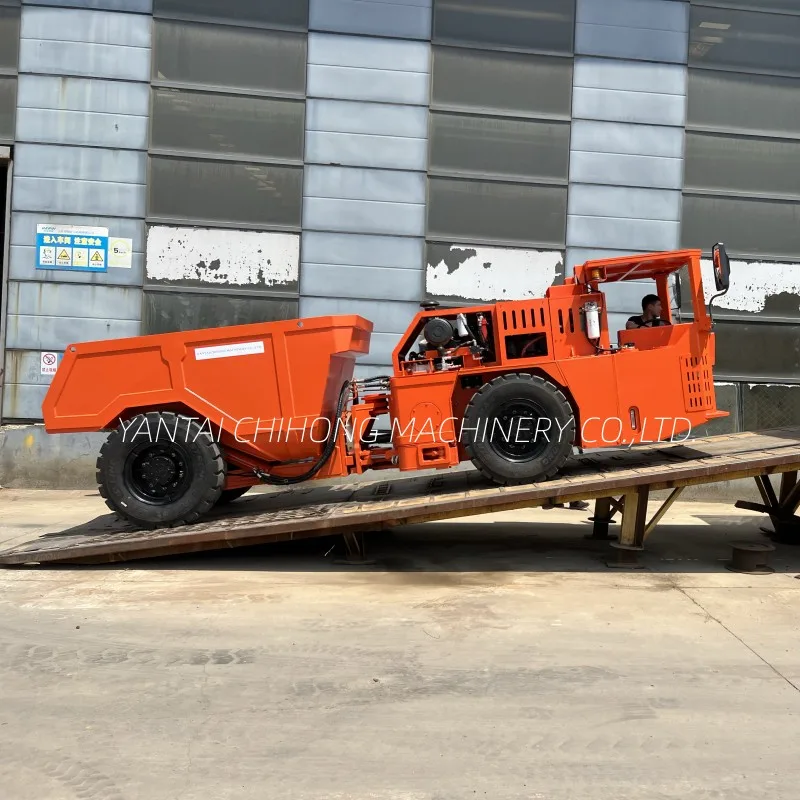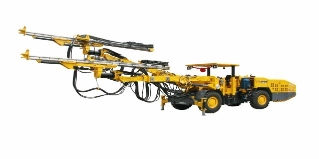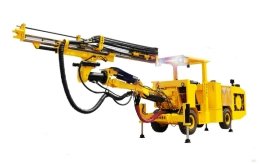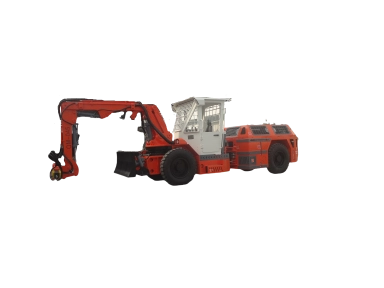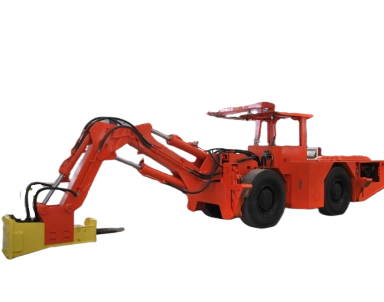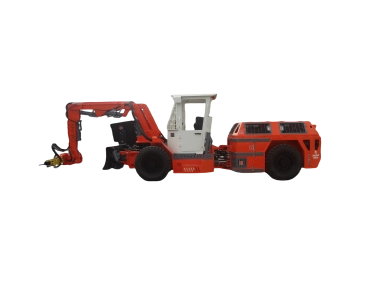Understanding Underground Mining
Definition and Importance of Underground Mining
Underground mining involves extracting valuable minerals or other geological materials from beneath the Earth’s surface. It is essential for accessing deposits that are located too deep to be mined by surface mining methods. The importance of underground mining cannot be overstated—it plays a critical role in the supply chain of various industries, including energy production, construction, electronics, and more. As surface deposits are depleted, underground mining becomes increasingly vital for meeting global demand for minerals.
History of Underground Mining Techniques
The history of underground mining dates back thousands of years, with early methods often being rudimentary and labor-intensive. Ancient civilizations, such as the Egyptians and Romans, employed basic techniques like fire setting and manual digging to extract minerals. Over time, technological advancements significantly improved efficiency and safety. The Industrial Revolution marked a significant turning point, with the introduction of mechanized equipment and explosives. Today, modern underground mining utilizes advanced machinery, automation, and complex planning to ensure efficient resource extraction.
Types of Underground Mining Methods
Room and Pillar Mining
Description and Process
Room and pillar mining is one of the most common underground mining methods and involves excavating a series of horizontal rooms while leaving pillars of unmined material to support the roof. The process begins with the entry tunnels, followed by the systematic removal of ore in rectangular blocks or “rooms.” The remaining pillars help stabilize the mine, reducing the risk of collapse. This method is predominantly used for deposits of coal, limestone, and other sedimentary minerals.
Applications and Suitability
Room and pillar mining is best suited for flat or gently dipping ore bodies and environments where the ceiling rock is reasonably stable. It is highly efficient for mining low-grade ores and is particularly advantageous in shallow depths. The method’s adaptability makes it popular in the coal industry, where it adds to the economic feasibility and safety of operations.
Longwall Mining
Mechanism
Longwall mining is a highly productive and efficient method used primarily for coal extraction. This technique involves the use of a cutting machine that moves back and forth across a defined seam. Hydraulic supports are employed to hold up the roof while the coal is being extracted. As the machine advances, the supports are moved forward, allowing the roof to collapse in a controlled manner behind the operation.
Benefits and Limitations
The primary benefit of longwall mining is its high productivity, often resulting in the extraction of large quantities of coal in relatively short periods. Additionally, the method minimizes surface disruption, making it environmentally advantageous in specific scenarios. However, it has limitations, such as high initial setup costs and the need for sophisticated technology and skilled labor to operate the machinery successfully. Furthermore, the controlled collapse of the roof can cause ground subsidence, which needs to be managed effectively to avoid surface damage.
Cut and Fill Mining
Step-by-Step Procedure
Cut and fill mining is a selective underground mining method often employed in steeply dipping ore bodies. The process begins with the excavation of a horizontal section or slice of the deposit. Once the ore is removed, the void is filled with waste rock or tailings, creating a solid base for the next slice above. This cycle of cutting and filling continues until the entire ore body is extracted. This method ensures that the mine remains stable throughout the operation.
Common Uses in the Industry
Cut and fill mining is highly versatile and can be used for extracting various minerals, including gold, silver, and copper. It is particularly beneficial in high-grade, irregular ore bodies where other methods might be less effective. The ability to control the fill material also allows for better management of ground support and reduces the risk of collapse. This technique is also ideal for tackling narrow veins and complex geometries, making it a staple in the precious metal mining industry.
Block Caving
Methodology
Block caving is a cost-effective and efficient underground mining method used primarily for low-grade, large ore bodies. It involves undermining an ore body, allowing it to gradually collapse under its weight. The process starts with the development of an undercut level and draw points beneath the ore. Once this infrastructure is in place, the ore is blasted or fractured so it “caves” from the force of gravity and is collected at draw points. This method can continually produce ore without having to send miners deep underground after initial setup.
Pros and Cons
The advantages of block caving include its lower operational costs and higher production rates compared to other underground mining methods, making it highly suitable for large-scale operations. It also provides better ore recovery rates and minimizes surface disruption. However, block caving presents challenges such as significant upfront infrastructure costs and long lead times to become operational. Additionally, ground stability and environmental management pose challenges due to the large-scale caving process.
Equipment Used in Underground Mining
Drills and Bolters
Drills and bolters are fundamental to underground mining operations. Drills are used to create holes for explosives, thereby fragmenting the ore body for easier removal. Bolters, on the other hand, are utilized to install rock bolts for ground support, stabilizing tunnels and preventing collapses. Efficient drilling and bolting are critical for maintaining safety and productivity within a mine. With advancements in technology, the machinery used in drilling has become increasingly automated, enabling precise and rapid operations and reducing the risk of human error.
Loaders and Haul Trucks
Loaders and haul trucks are essential for transporting ore from the mining site to the surface. Loaders scoop up fragmented ore and load it onto haul trucks, which then carry it through a network of tunnels to the processing area. Modern loaders and haul trucks are designed to handle significant payloads and operate efficiently in confined underground spaces. The integration of autonomous vehicles in some mines is revolutionizing ore transportation, contributing to increased safety and operational efficiency.
Crushers
Crushers are employed in underground mining to break down large chunks of extracted ore into smaller, manageable sizes for further processing. These heavy-duty machines operate in high-pressure environments and are integral to the mineral extraction process. Crushers enhance the efficiency of material handling and ensure that the ore is appropriately sized for subsequent processing stages, such as grinding and milling. A well-maintained crushing system is vital for optimizing production rates and reducing downtime.
Safety Measures in Underground Mining
Personal Protective Equipment (PPE)
Personal Protective Equipment (PPE) is crucial for ensuring the safety of miners. Workers are typically required to wear helmets, high-visibility clothing, gloves, steel-toed boots, and safety goggles. In addition to these basics, specialized gear such as respiratory protection, hearing protection, and fall arrest systems may be necessary depending on the mining conditions. PPE serves as the first line of defense against the various hazards present in underground mining environments, including falling debris, toxic gases, and loud machinery.
Ventilation Systems
Effective ventilation systems are vital for maintaining air quality in underground mines. Ventilation not only provides fresh air to miners but also helps disperse harmful gases and dust generated during mining operations. Advanced ventilation setups incorporate large fans, ductwork, and air monitoring systems to ensure a constant and safe airflow. Proper ventilation is critical for preventing respiratory illnesses and explosions caused by the accumulation of flammable gases.
Emergency Protocols
Emergency protocols in underground mining are meticulously planned to ensure the safety of all personnel. These protocols encompass detailed evacuation plans, rescue operations, and communication systems to address various emergency scenarios such as fires, flooding, or collapses. Regular drills and training ensure that miners are prepared to respond efficiently in an emergency. Robust emergency response systems and well-trained teams are essential for minimizing casualties and maintaining operational safety.
Innovations in Underground Mining Technologies
Automation and Robotics
Automation and robotics are revolutionizing underground mining, significantly enhancing safety and efficiency. Automated machinery and vehicles can operate in hazardous conditions without human intervention, reducing the risk to miners. Robotics are also being used for tasks such as ore sampling, drilling, and maintenance, enabling precise and consistent operations. These technologies not only improve operational efficiency but also offer real-time data collection and monitoring, aiding in decision-making and resource management.
Sustainable Practices
Sustainable practices in underground mining aim to minimize environmental impact and enhance resource efficiency. These practices include recycling water used in processing, reducing energy consumption, and implementing renewable energy sources, such as solar or wind power. Additionally, sustainable mining involves reforestation, habitat restoration, and responsible waste management to mitigate adverse effects on the environment. Companies adopting sustainable practices not only comply with regulatory standards but also contribute to the social license to operate by earning local and global stakeholder approval.
Challenges Faced in Underground Mining Operations
Cost Factors
Underground mining operations are capital-intensive, involving substantial initial investments in infrastructure, equipment, and workforce. High operational costs, including energy consumption, labor, and maintenance, further add to the financial burdens. Economic viability often hinges on fluctuating commodity prices, making financial planning complex. To address these challenges, mining companies continually seek efficiency improvements and technological advancements to reduce costs and enhance profitability.
Regulatory Compliance
Regulatory compliance is a critical challenge for underground mining operations. Companies must adhere to stringent local, national, and international regulations that govern environmental protection, worker safety, and operational standards. Non-compliance can result in heavy fines, legal actions, and the suspension of mining activities. Staying updated with regulatory changes and implementing robust compliance strategies are essential for mitigating risks and ensuring uninterrupted operations.
In conclusion, understanding the intricacies of modern underground mining practices is crucial for appreciating the industry’s role in facilitating global resource supply. The continuous evolution of mining methods, equipment, safety measures, and sustainable practices is centered on addressing economic, environmental, and operational challenges.
For those seeking high-quality equipment solutions to enhance underground mining operations, Yantai Chi Hong Machinery Co., Ltd. stands out as a trusted provider. With a commitment to innovation and safety, their cutting-edge machinery and comprehensive services support the dynamic needs of the mining sector, contributing to more efficient and sustainable practices.
Yantai Chi Hong Machinery Co., Ltd. is a company that prides itself on its core competitiveness. One of their key strengths is their commitment to quality. They have several updated and perfect equipment with reliable quality, which forms the basis for their efficient production. Yantai Chi Hong Machinery Co., Ltd. takes quality as the foundation and continuously strives for improvement. In fact, they have won the second prize of national science and technology progress in the past and have obtained 33 national invention patents and utility model patents.
In addition to their focus on quality, Yantai Chi Hong Machinery Co., Ltd. also places great importance on customer service. They provide professional after-sales service to solve any problems encountered during product use. They are known for being timely, fast, and considerate in providing better service for their users. They abide by the contract and maintain their reputation, ensuring that users receive greater benefits.
Furthermore, Yantai Chi Hong Machinery Co., Ltd. has a high acceptance rate of parts and components. They offer technical consultation and technical exchange to support their customers. They also have a 7 * 24-hour online customer service available for any inquiries or assistance needed.
Overall, Yantai Chi Hong Machinery Co., Ltd. is a reputable company with a strong focus on quality, innovation, and customer satisfaction. They tailor their products according to the actual needs of the project to reduce costs and provide better solutions.




